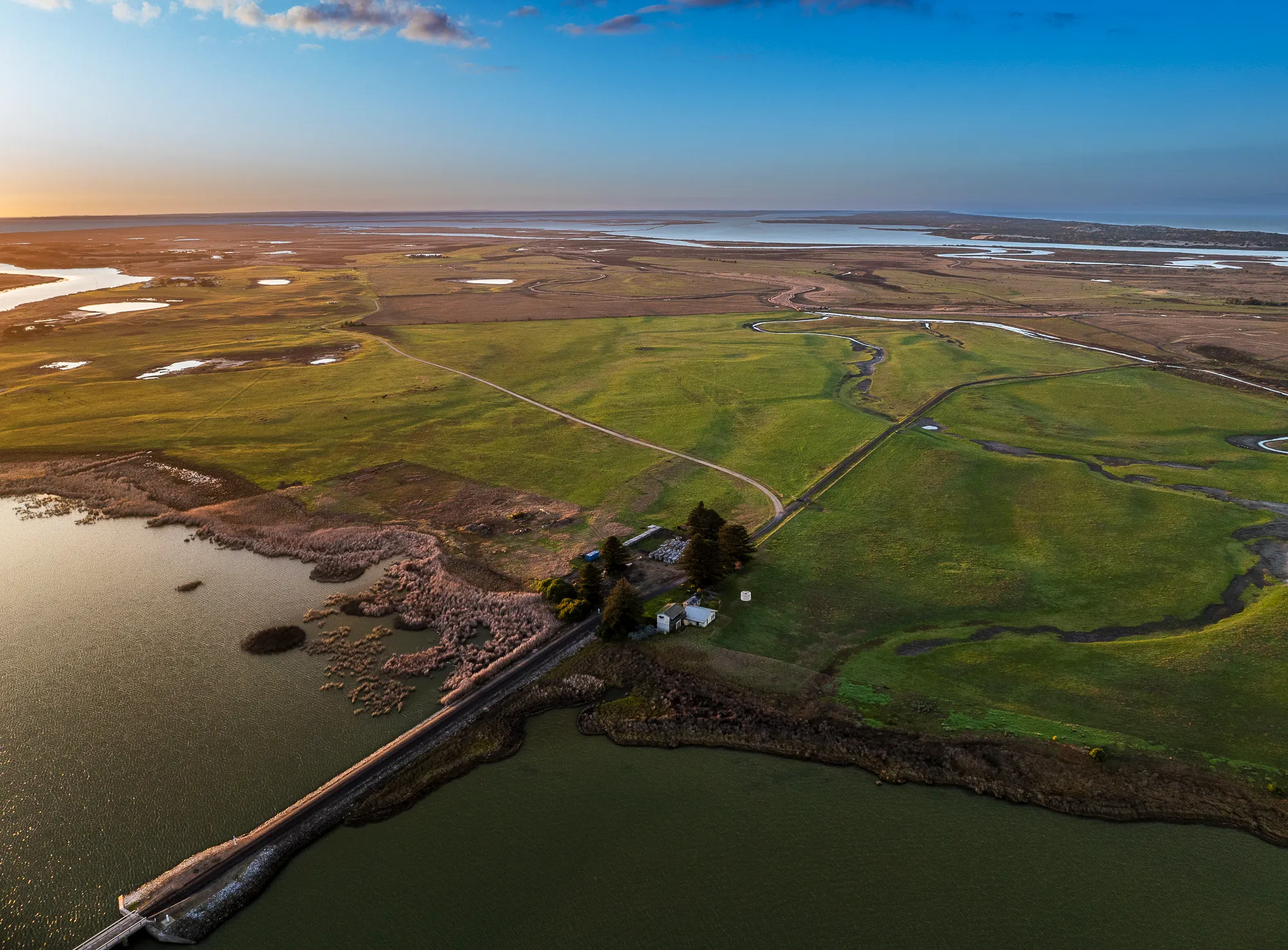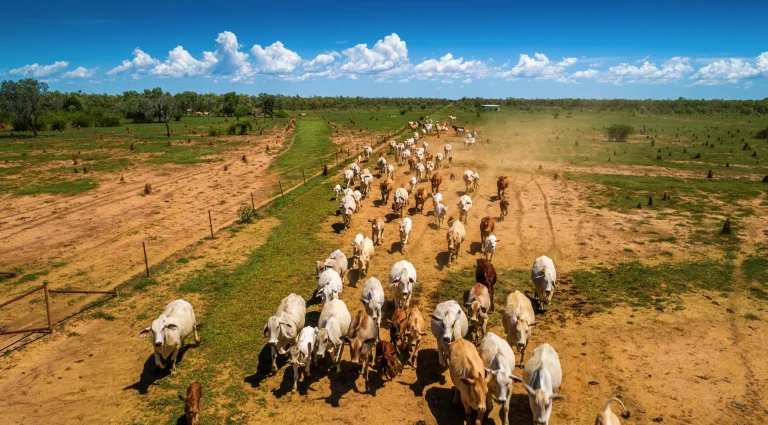Calculating Returns on Investment in Grazing Land: A Complete Guide
When considering agricultural property investments, calculating returns on investment in grazing land requires a comprehensive understanding of multiple financial factors, operational variables, and market dynamics. This specialized form of property investment offers unique opportunities for both seasoned investors and newcomers to the agricultural sector, but success depends heavily on accurate financial analysis and strategic planning.
At Agribusiness Horizons, we understand that calculating returns on investment in grazing land involves far more than simple purchase price comparisons. Our expertise in agricultural property transactions helps clients navigate the complex financial landscape of pastoral investments, ensuring they make informed decisions based on thorough market analysis and realistic projections. Whether you’re evaluating your first grazing property or expanding an existing portfolio, we encourage you to contact our team for personalized guidance tailored to your specific investment objectives.
This comprehensive guide will walk you through the essential components of return calculations, key performance indicators, risk assessment strategies, and practical considerations that influence the profitability of grazing land investments across different regions and management systems.
Understanding the Fundamentals of Grazing Land Investment Analysis
Grazing land represents one of the most tangible and enduring forms of agricultural investment, offering investors exposure to both land appreciation and operational income streams. The foundation of calculating returns on investment in grazing land begins with understanding the dual nature of returns: capital appreciation from land value increases and operational income from livestock production or agistment arrangements.
Unlike residential or commercial property investments, grazing land evaluation requires specialized knowledge of carrying capacity, seasonal variability, infrastructure requirements, and livestock market dynamics. These factors directly influence both the immediate cash flow potential and long-term capital growth prospects of pastoral properties.
The complexity of grazing land investment analysis stems from the interplay between natural resource availability, climate patterns, commodity market fluctuations, and operational efficiency. Successful investors recognize that accurate return calculations must account for these variables while maintaining realistic expectations about both timeframes and performance benchmarks.
Modern grazing land investment analysis increasingly incorporates environmental, social, and governance factors, particularly as carbon credit opportunities, biodiversity conservation programs, and sustainable land management practices create additional revenue streams. These emerging value drivers require sophisticated analytical approaches that extend beyond traditional financial metrics.
Essential Components of Return Calculation Methodology
The foundation of calculating returns on investment in grazing land rests on several critical financial components that must be accurately assessed and projected over realistic timeframes. These components include initial acquisition costs, ongoing operational expenses, revenue generation potential, and ultimate disposition value.
Initial acquisition costs extend beyond the purchase price to include legal fees, due diligence expenses, infrastructure improvements, and working capital requirements. Many investors underestimate these additional costs, which can significantly impact overall return calculations if not properly accounted for in the initial analysis.
Operational expenses in grazing land investment encompass both fixed costs such as rates, insurance, and maintenance, as well as variable costs including livestock purchases, feed supplements, veterinary care, and labor. These expenses fluctuate based on seasonal conditions, market prices, and management intensity, requiring careful forecasting and scenario planning.
Revenue generation from grazing land typically comes from multiple sources including livestock sales, agistment fees, lease arrangements, and increasingly, environmental credit programs. The diversity of revenue streams can provide stability but also requires comprehensive analysis to accurately project returns across different market conditions.
Capital appreciation potential depends on factors including land quality, water security, infrastructure condition, proximity to markets, and broader economic trends affecting agricultural property values. Historical performance provides valuable insights, but future projections must account for changing market dynamics and emerging opportunities.
Key Performance Indicators for Grazing Land Investments
Successful grazing land investment analysis relies on specific performance indicators that reflect both the operational efficiency and financial performance of pastoral properties. These metrics provide standardized benchmarks for comparing different investment opportunities and tracking performance over time.
Primary Financial Metrics:
– Cash-on-cash return measuring annual cash flow against initial investment
– Internal rate of return accounting for time value of money across the investment period
– Return on equity considering leveraged investment structures
– Gross margin analysis comparing revenue to direct operational costs
Operational Performance Indicators:
– Carrying capacity utilization measuring livestock numbers against sustainable stocking rates
– Weight gain per hectare reflecting pasture quality and management effectiveness
– Feed conversion efficiency indicating operational management quality
– Infrastructure utilization rates showing asset productivity
Risk Assessment Metrics:
– Debt service coverage ratios for leveraged investments
– Diversification measures across revenue streams and livestock classes
– Seasonal variability analysis showing performance consistency
– Market correlation factors indicating exposure to commodity price fluctuations
These performance indicators must be evaluated within the context of regional benchmarks, property-specific characteristics, and investment timeframes. Regular monitoring and adjustment of these metrics ensures investment strategies remain aligned with market realities and performance expectations.
Comparative Analysis Framework for Investment Decisions
| Investment Factor | High-Quality Grazing Land | Moderate-Quality Grazing Land | Developing Grazing Land |
|---|---|---|---|
| Initial Capital Requirements | Premium pricing with immediate returns | Moderate pricing with steady returns | Lower pricing with improvement potential |
| Operational Complexity | Established systems requiring minimal changes | Moderate management requirements | Intensive development and management needed |
| Revenue Stability | Consistent performance across seasons | Moderate variability with seasonal impacts | Higher variability requiring active management |
| Infrastructure Status | Well-developed with modern facilities | Adequate infrastructure with upgrade potential | Basic infrastructure requiring investment |
| Market Accessibility | Excellent transport and market connections | Good access with some limitations | Limited access requiring logistics planning |
This framework helps investors evaluate calculating returns on investment in grazing land across different property types and development stages. Each category presents distinct risk-return profiles that must be carefully considered against individual investment objectives and risk tolerance levels.
Strategic Considerations for Maximizing Investment Returns
Agribusiness Horizons specializes in helping clients identify and capitalize on opportunities that maximize returns from grazing land investments. Our comprehensive approach combines market intelligence, operational expertise, and financial analysis to develop strategies that align with both short-term cash flow requirements and long-term capital appreciation goals.
Our team recognizes that calculating returns on investment in grazing land requires deep understanding of regional market dynamics, seasonal patterns, and emerging opportunities in environmental credit markets. We work closely with clients to develop investment strategies that account for these factors while maintaining realistic expectations about performance timelines and risk exposure.
The integration of technology and data analytics has revolutionized grazing land investment analysis, enabling more precise forecasting and performance monitoring. Our clients benefit from access to advanced analytical tools and market intelligence that support informed decision-making throughout the investment lifecycle.
Water security represents an increasingly critical factor in grazing land investment returns, particularly as climate variability affects traditional rainfall patterns. Our water rights advisory services help clients evaluate and optimize water assets, ensuring sustainable operations and enhanced property values through improved drought resilience.
Environmental stewardship and carbon credit opportunities are creating new revenue streams for grazing land investors. Our natural capital advisory services help clients identify and implement programs that generate additional income while supporting sustainable land management practices and long-term property value enhancement.
Practical Implementation Strategies for Return Optimization
Successful implementation of grazing land investment strategies requires careful attention to timing, market conditions, and operational management. The most effective approaches combine thorough pre-purchase analysis with ongoing performance monitoring and strategic adjustments based on changing market conditions.
Property selection represents the foundation of successful grazing land investment, requiring evaluation of soil quality, water availability, infrastructure condition, and market accessibility. These factors directly influence both operational efficiency and long-term capital appreciation potential, making comprehensive due diligence essential for accurate return projections.
Financial structuring decisions significantly impact investment returns, particularly regarding leverage utilization, tax optimization, and cash flow management. The optimal structure depends on individual circumstances, risk tolerance, and investment objectives, requiring careful analysis of different financing options and their implications for overall returns.
Operational management strategies can substantially influence investment performance, ranging from livestock selection and breeding programs to pasture management and infrastructure maintenance. The choice between direct management, sharefarming arrangements, or lease structures affects both returns and risk exposure, requiring careful consideration of management capabilities and objectives.
Market timing considerations play an important role in maximizing returns from grazing land investments. Understanding seasonal patterns, commodity cycles, and broader economic trends helps investors optimize both acquisition timing and eventual disposition strategies for enhanced performance.
Conclusion: Mastering the Art of Grazing Land Investment Analysis
Calculating returns on investment in grazing land requires a sophisticated understanding of agricultural markets, operational management, and financial analysis techniques. Success in this specialized investment sector depends on comprehensive evaluation of multiple factors ranging from soil quality and water security to market accessibility and management efficiency.
The complexity of grazing land investment analysis highlights the importance of working with experienced professionals who understand both the opportunities and challenges inherent in pastoral property investments. At Agribusiness Horizons, we combine deep agricultural knowledge with advanced analytical capabilities to help clients achieve their investment objectives while managing risk exposure effectively.
As you consider your grazing land investment strategy, ask yourself: How well do you understand the seasonal variability and long-term trends affecting your target markets? What operational management approach will best align with your investment objectives and risk tolerance? How will emerging opportunities in environmental credits and sustainable land management impact your return projections?
For expert guidance on calculating returns on investment in grazing land and developing strategies that maximize your investment potential, contact Agribusiness Horizons today. Our team of specialists is ready to help you navigate the complexities of agricultural property investment and achieve superior returns through informed decision-making and strategic planning.



